Just before the turn, I downshifted to 2nd, blipped the gas, and let the clutch out. The tires strained against the forces of the curve. I gradually opened the throttle. The flat-6 engine behind my head sang, its harmonic chorus growing more glorious with the increasing revs.
And so it went. The miles descending from Nederland toward Denver snapped by in quick joy. Not far from the top, another silver Boxster S, nearly identical to my own, popped out behind me. He waved; I waved back. We chased each other through the forested hills.
The sun was out, so I had the top down. The sweet perfume of pine permeated the cool morning air. I’d driven Coal Creek Canyon Road before, but never had it been such a zesty enterprise. That’s not to say the speeds were illegal; no, the twisty road combined with an amazing mid-engine car provided spice without excess speed. A pleasant drive is a meditation that clears the mind.
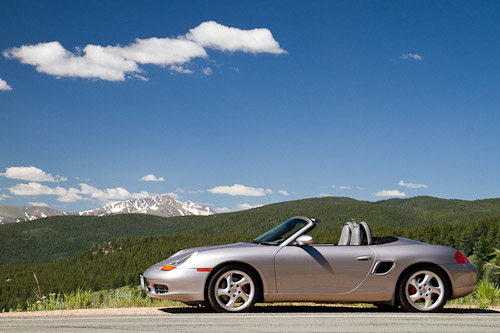
My Porsche Boxster S
While I was growing up, my dad owned a series of interesting cars. The one that captured my heart wasn’t the Corvette. Instead, it was the red 1978 Porsche 911SC. His was a “targa” model, meaning that it had a partially removable roof. It was the car I learned to drive a stick in. I remember cruising along, open sky above my head, the tires gripping the Minnesota country roads. What a blast! I knew that, someday, I wanted a Porsche of my own.
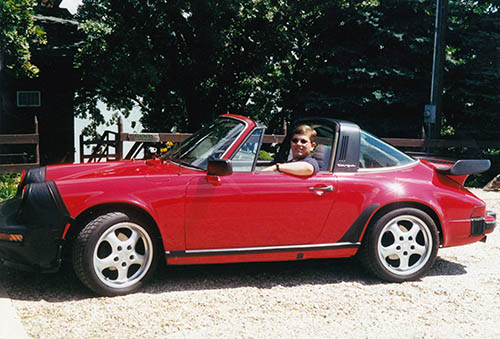
Me in my dad’s 911SC around the year 2000
For the next 15 years, other priorities held sway. Then, this spring, the flame was rekindled.
I was shooting sporting clays with my friend Kameron and his coworker Gavin in early April. Gavin mentioned that he raced Porsches with the local Porsche club. “Ah yes,” I thought. “I remember wanting to do that.”
Two weeks later, Tyler bought an MG Midget — a classic British sports car. He gave me the opportunity to drive it, which I accepted. It had been eight years since I sold my sports sedan, the BMW 540i. I’d forgotten how much fun it was to drive a car built for the joy of driving. I started looking for a car of my own.
At first, I thought I wanted an air-cooled Porsche 911. Then I saw the prices. Seems they had gone up significantly since my dad has his car in the 1990s. I adjusted my sights towards a newer-yet-still-old 911 model, the type 996, which, being water cooled, was less desirable to enthusiasts and therefore substantially cheaper.
I was looking for a closed-cockpit coupe, not a convertible. I didn’t see the appeal of a drop-top. The trip across Colorado in Tyler’s MG, which was a convertible, changed my mind. Despite the MG’s top not sealing well against rain (duct tape to the rescue!), and although I got a sunburn on my arms, face, and neck, I had a great time being out in the open. I began to understand why people liked convertibles.
I researched the Boxster, a convertible, and I realized that I could get a good one for less money than a type-996 911 in equivalent condition. Never mind my other biases about the Boxster. Sure, I had thought the back end was ugly and that the whole car was a “poor man’s” 911, not a worthy car in its own right. Then I started reading people rave about the driving experience, and I decided that it was one of those cars that photographs poorly but looks good in person.
I found my future vehicle on Cars.com. It was the right color — for Porsches should only ever be silver or red — it had the right transmission, a stick, and it had the bigger “S” engine, a 3.2 L beast instead of the basic 2.7 L.
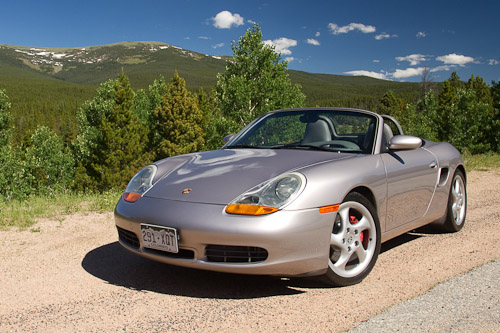
The Boxster was at home on Colorado’s twisty mountain roads
Bob, the defense attorney who sold the Boxster to me, was upgrading to a 911. In the three years he owned it, he spent thousands replacing the convertible top, tires, brakes, and numerous bits and pieces related to the engine. He even saw fit to replace the missing “Boxster S” badge on the trunk. Such was his attention to detail. It wasn’t the cheapest Boxster available, but there is nothing so expensive as a cheap exotic car.
My other car with a flat-6, my Subaru Outback, was still objectively better than the Boxster in nearly all regards. It was newer, quieter, more powerful, more comfortable, and more spacious. It could drive through snow. It could pass over bumps taller than four inches. And yet, for the pure thrill of driving, the Boxster bested it. With a curb weight of just 2800 lbs, nearly 800 less than the Outback, the Boxster felt far quicker and more nimble. Indeed, I was taking advantage of that in Coal Creek Canyon.
My drive through the foothills led to flatlands, and eventually our fun little road met its end at a boring stoplight. The other Boxster turned his way, and I turned mine.
Stats
- Meridian silver metallic 2002 Porsche Boxster S
- 3.2 L naturally aspirated flat-6
- 6-speed manual transmission
- 250 hp / 225 lb-ft
- Natural grey leather interior
- 66,200 miles when acquired (June 18, 2015)
- 76,690 miles when sold (April 25, 2019)
(Updated with sale info 4/25/19)
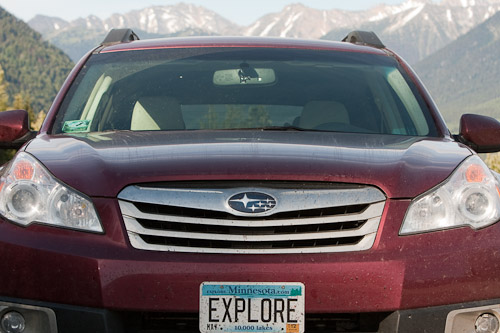
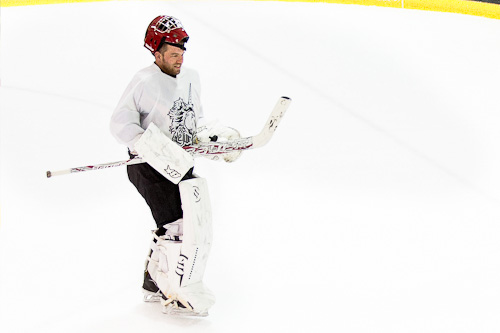
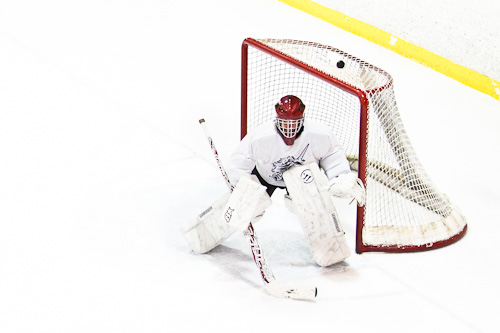



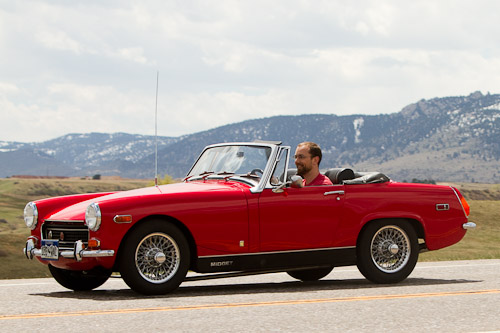
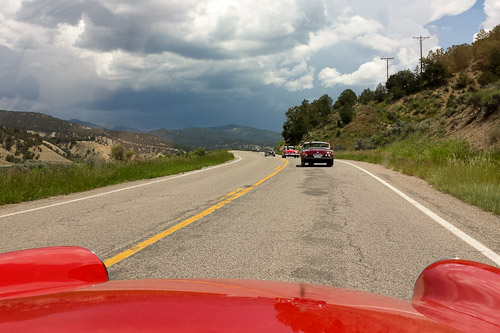
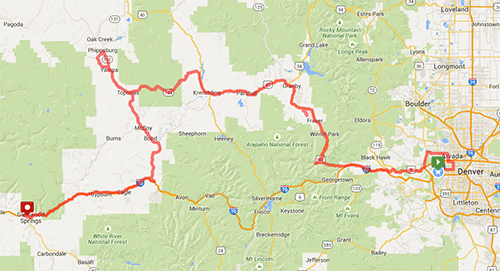
Recent Comments